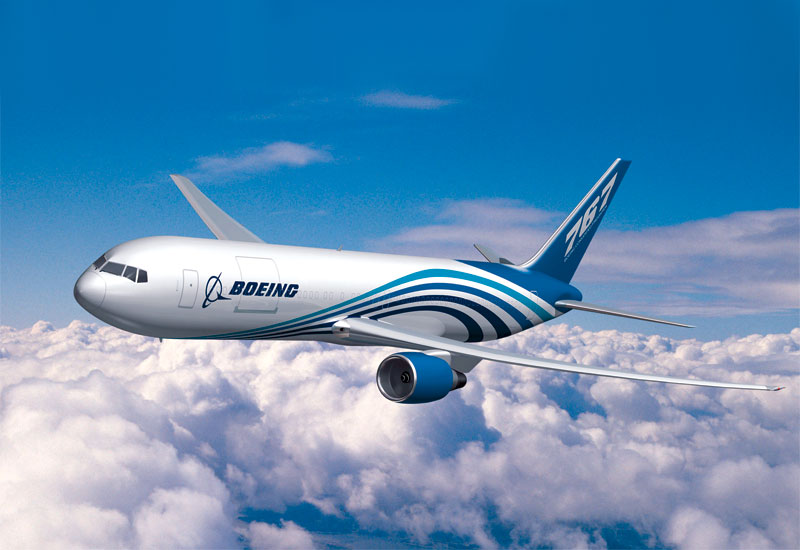Boeing’ latest direction
February 6, 2018 | Expert Insights

Billion dollar aeronautics corporation Boeing signed deals worth almost $1 billion at this year’s Singapore Airshow. The company has expressed an interest in expanding its commercial sector, and its presence in the Asia-Pacific in particular.
Background
Boeing is an American multinational corporation that is primarily known for designing, manufacturing, and selling airplanes. It also manufactures rotorcrafts, rockets, and satellites across the world. It is the largest aircraft manufacturer and the second largest defence contractor in the world. It deals in defence crafts, commercial airlines, as well as related services. The company has five main divisions: Boeing Commercial Airplanes; Boeing Defence, Space & Security; Boeing Shared Services Group; and Engineering and Capital divisions.
In 2017, the company ranked 24th on the Fortune Magazine “Fortune 500”. Boeing reportedly received 912 net orders valued at $134.8 billion last year, and revenue grew by 5.5%.
In September last year, the World Trade Organization has reversed a ruling that stated that Boeing received illegal subsidies from the United States. The case had been filed by the European Union and Airbus.
Analysis
At the Singapore Airshow 2018, Boeing announced its aim to triple their service division’s annual revenue to $50 billion by 2023. The company recently concluded deals worth $1 billion including parts, aircraft interiors, data analytics, and jet MRO (maintenance, repair, and overhaul). On Tuesday (6th of February), Boeing also signed deals for landing gear exchange with Malaysia Airlines and Japan’s ANA Holdings Inc, as well as a DHL cargo order.
Earlier this year, in January, the company released a press statement announcing its new joint venture with Aident, called “Aident Aerospace”, intended to develop, manufacture and sell seating products to airlines and leasing companies.
The Boeing service unit is currently divided 50-50 in its focus, between military and commercial sectors, however, the company is reportedly expecting a gradual shift in focus towards commercial.
Research and Technology vice president Charles Toups also mentioned the organisation’s interest in developing autonomous technology for defence and commercial aircraft. While mentioning that safety would come first, some of the research areas are machine learning, autonomous flight, and hybrid electric propulsion.
"Boeing is serious about helping customers optimise performance of their fleets and reduce operational costs," said Boeing Global Services CEO Stan Deal. Regarding the future of the corporation, Deal predicted a continued strong growth of the commercial division of their company, as well as growth in the Asia-Pacific.
According to the International Air Transport Association, the future of commercial aviation lies in the Asia-Pacific region, where over the next 20 years, air traffic will triple to approximately 3.5 billion passengers. The region will then become the biggest market for the industry, constituting 40% of global demand. This expansion will include carriers in Mainland China, India, and Southeast Asia. China alone is expected to surpass the US as the biggest market by as early as 2022.
The projected growth will leave room for the provision of almost 16,000 new planes worth over two and a half trillion USD. Vistara, Singapore Airlines’ Indian affiliate, is already reportedly in discussion both Boeing and Airbus for airplanes worth approximately $8.5 billion. Boeing’s main competitor, Airbus, has also been eyeing the region.
Assessment
Our assessment is that Boeing’s deals with Malaysia Airlines and Japan’s ANA Holdings indicates its focus on East Asia and the Pacific. Asia is seeing a growth in its air traffic as larger sections of the population are able to afford airfare. We believe that Boeing’s focus on acquiring commercial and service related contracts is due to their intention to penetrate this quickly growing market.








Comments